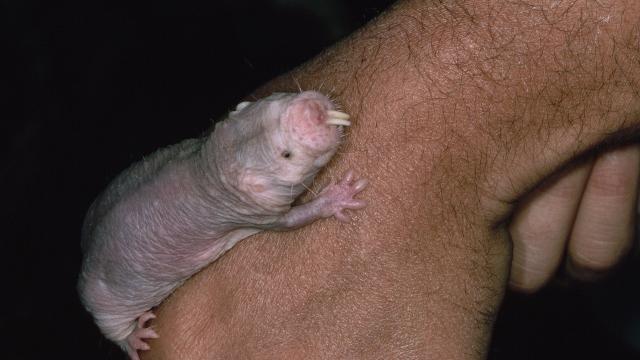There are over 100 words for the noise a dog makes, in more than 60 languages, according to the work of psychologist Stanley Coren. These range from “ouah-ouah” in France to others less recognisable to English speakers, such as “hong-hong”, apparently, in Thailand. Of course, these differences only reflect the languages of the countries in question, and are nothing to do with the animals themselves.
What’s less widely recognised is that genuine differences can exist in the sounds some wild animals make to communicate, even in different parts of the same country. Song birds such as chaffinches, for example, can show regional differences in the calls they make. This might help to distinguish neighbours from outsiders.
These “dialects”, as they are sometimes called, may help to shed light on the development of languages and other cultural traits in humans. This is because they typically depend on social learning between individuals, as opposed to anatomical or genetic differences.
Cultural transmission of dialects is not something most of us would naturally associate with rodents. But they have recently been discovered in one very unusual rodent species – the naked mole rat.
Naked mole-rats come from east Africa, where they live in large underground colonies. Despite their name they’re not completely naked: they have sparse sensory hairs around their body. They have poor eyesight and hearing, but they’re neither blind nor deaf. Their colonies may consist of hundreds of related individuals which cooperate to dig and defend the tunnels and find their vegetable food.
In recent years, naked mole-rats have become an important species in medical research. They have great longevity for their size – they can live for over 30 years – and are relatively resistant to developing cancer.
However, naked mole-rats have been of interest to biologists for a much longer time because of their highly unusual social structure. Each colony normally contains just one breeding female, known as the queen, and a very small number of reproductive males, known as pashas. The other animals don’t reproduce, but will work for the benefit of the colony as a whole. As such, these mole rats form the closest mammalian analogue to “eusocial” insects such as ants.
Unique chirps
Naked mole-rats are known to be among the most vocal of rodents, producing a wide range of different calls under different circumstances. These presumably help them to recognise colony members and coordinate activities within their dark burrows.
In the new study, a team of scientists recorded over 36,000 chirps from mole-rats in four captive colonies and used a computer to analyse their differences. After a period of machine learning, not only could the computer predict with a good level of accuracy which animal made a given chirp, but also which of the four colonies that animal was likely to be from.
Mole-rats would often respond to chirps played through a loudspeaker by chirping back, especially if the recordings were of other members of their colony. They would even respond well to fake calls, designed to simulate their colony’s dialect.
If baby mole-rats were moved to different colonies, after several months they would produce the call of their foster colony. This shows that the calls are not genetically pre-programmed. If a colony lost its queen, however, the chirps of the remaining members would become more variable during the period the authors refer to as “anarchy”, before the next queen became established.
But why?
Although the study didn’t investigate it directly, there are some good reasons to believe that there may be adaptive benefits to having a colony dialect. Although extremely sociable within their own colony, naked mole-rats are fiercely hostile to members of other colonies. This may be because they do not want “foreign” males to breed with their queen, which would result in the next generation of offspring being less closely related to themselves genetically.
In contrast, there’s some evidence that a queen prefers to mate with unfamiliar males – who must presumably run the gauntlet in getting to her. Both of these reactions demand recognition of who is a colony member and who isn’t and this might rely, in part, on dialect.
This pioneering study will no doubt launch a series of others seeking to answer questions including how the queen maintains a dialect within the colony – the mole-rat equivalent of the Queen’s English.
One might even ask whether it’s possible for a mole-rat to fake its dialect in order to become accepted into another colony, a phenomenon not unknown in human society. Perhaps these enigmatic little animals have more to teach us than we realised.![]()
Matthew James Mason, University Physiologist, University of Cambridge
This article is republished from The Conversation under a Creative Commons license. Read the original article.
